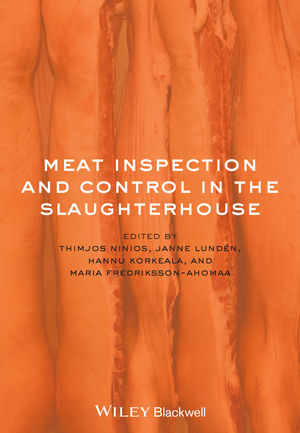Commentary: USPOULTRY
Reducing Salmonella in poultry
USDA FSIS considers a different approach to target Salmonella in raw poultry products.

Courtesy of the U.S. Poultry & Egg Association
The last few months have brought Salmonella in poultry and its effect on public health to the forefront once again. It is with the lack of progress in public health outcomes that the US Department of Agriculture's Food Safety and Inspection Service is proposing a different approach to target Salmonella in raw poultry products.
Historically, FSIS relied on Salmonella performance standards for poultry processors targeting prevalence reduction, with the goal of Salmonella becoming rare and thereby reducing the illnesses attributed to Salmonella in poultry products. However, this is not the case, since a positive sample can mean that the product only has one cell of one million cells. The results do not provide all the information needed to improve public health outcomes.
The new FSIS approach introduces a final product standard for raw poultry products targeting Salmonella concentration reductions and specific serotypes of public health importance. The determination is based on risk assessments funded by FSIS. The assessments evaluate the potential public health impact when specific serotypes are targeted, based on concentration and virulence factors. Monitoring these characteristics and developing approaches to remove the high-priority serotypes, especially the highly virulent ones, has the potential to significantly reduce the illness rate attributed to Salmonella in poultry products.
There are critical areas that must be addressed to make this approach work. The first is that new, rapid Salmonella detection methodology must be developed to establish a “test and release” program effectively. Second, a determination must be made as to how much product one sample represents. Finally, new non-thermal interventions must be researched to have product reconditioning options available.
Implementing a finished product standard must require additional investments in detection methods, testing of current and future interventions, and storage capacity. There is much to learn and understand about how Salmonella behaves in a production and processing environment, how certain serotypes survive interventions, and what interventions effectively target the serotypes of interest. To identify non-compliant products, there must be specific protocols that allow the processing plant to remove or divert the affected product and minimize waste. Attribution data must be reevaluated to ensure accurate information is collected for adequate assessment as well as additional customer education to promote following proper handling and cooking procedures. Currently, there is a goal in mind, but not enough answers on how to be successful. This proposed framework still needs much discussion, adjustments and guidance by FSIS to be successful.
Looking for a reprint of this article?
From high-res PDFs to custom plaques, order your copy today!









